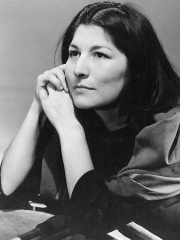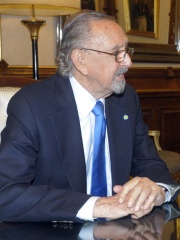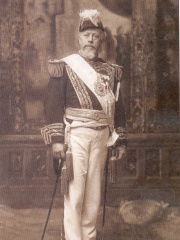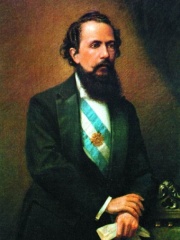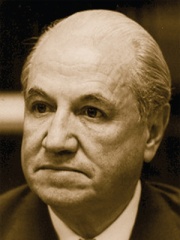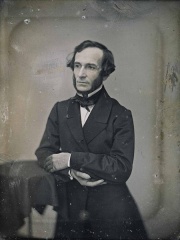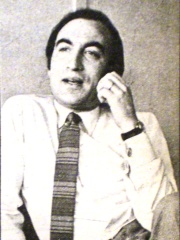 San Miguel de Tucumán
San Miguel de Tucumán
San Miguel de Tucumán ranks 943rd in number of biographies on Pantheon, behind Fuji, Shizuoka, Lowell, Massachusetts, and Simferopol. The most famous people from San Miguel de Tucumán are Mercedes Sosa, César Pelli, and Julio Argentino Roca. San Miguel de Tucumán has been the birth place of many soccer players, and politicians. San Miguel de Tucumán is located in Argentina.
San Miguel de Tucumán, usually called simply Tucumán, is the capital and largest city of Tucumán Province, located in northern Argentina 1,311 kilometres (815 mi) from Buenos Aires. It is the fifth-largest city of Argentina after Buenos Aires, Córdoba, Rosario and Mendoza and the most important city of the northern region. The Spanish conquistador Diego de Villarroel founded the city in 1565 in the course of an expedition from present-day Peru. Tucumán moved to its present site in 1685. Read more on Wikipedia
People
Between 1810 and 1993, San Miguel de Tucumán was the birth place of 18 globally memorable people, including Mercedes Sosa, César Pelli, and Julio Argentino Roca.
People Born in San Miguel de Tucumán
Go to all RankingsMercedes Sosa
SINGER
1935 - 2009
HPI: 70.68
Rank: 1
César Pelli
ARCHITECT
1926 - 2019
HPI: 66.51
Rank: 2
Julio Argentino Roca
POLITICIAN
1843 - 1914
HPI: 63.70
Rank: 3
Nicolás Avellaneda
POLITICIAN
1837 - 1885
HPI: 61.53
Rank: 4
Raúl Prebisch
ECONOMIST
1901 - 1986
HPI: 61.37
Rank: 5
Marga López
ACTOR
1924 - 2005
HPI: 59.14
Rank: 6
Juan Bautista Alberdi
POLITICIAN
1810 - 1884
HPI: 58.81
Rank: 7
Tomás Eloy Martínez
WRITER
1934 - 2010
HPI: 56.42
Rank: 8
Rafael Albrecht
SOCCER PLAYER
1941 - 2021
HPI: 55.93
Rank: 9
Lola Mora
SCULPTOR
1866 - 1936
HPI: 55.62
Rank: 10
Roberto Pereyra
SOCCER PLAYER
1991 - Present
HPI: 49.05
Rank: 11
Juan Soler
ACTOR
1966 - Present
HPI: 47.25
Rank: 12
Newly Added People Born in San Miguel de Tucumán
Go to all RankingsMercedes Paz
TENNIS PLAYER
1966 - Present
HPI: 45.42
Rank: 13
Nicolás Sánchez
RUGBY PLAYER
1988 - Present
HPI: 36.91
Rank: 16
Occupations
Most individuals born in present day San Miguel de Tucumán were soccer players (5), politicians (3), actors (2), singers (1), and architects (1), while most who died were .
Occupational Trends
Over the past 100 years, soccer players have been the top profession of globally memorable people born in San Miguel de Tucumán, including Rafael Albrecht, Roberto Pereyra, and Matías Kranevitter. Whereas, throughout history, soccer players have been the profession with the most memorable people born in present day San Miguel de Tucumán, including Rafael Albrecht, Roberto Pereyra, and Matías Kranevitter.
Places
Overlapping Lives
Below is a visual represetation of the lifespans of the top 10 globally memorable people born in San Miguel de Tucumán since 1700.
